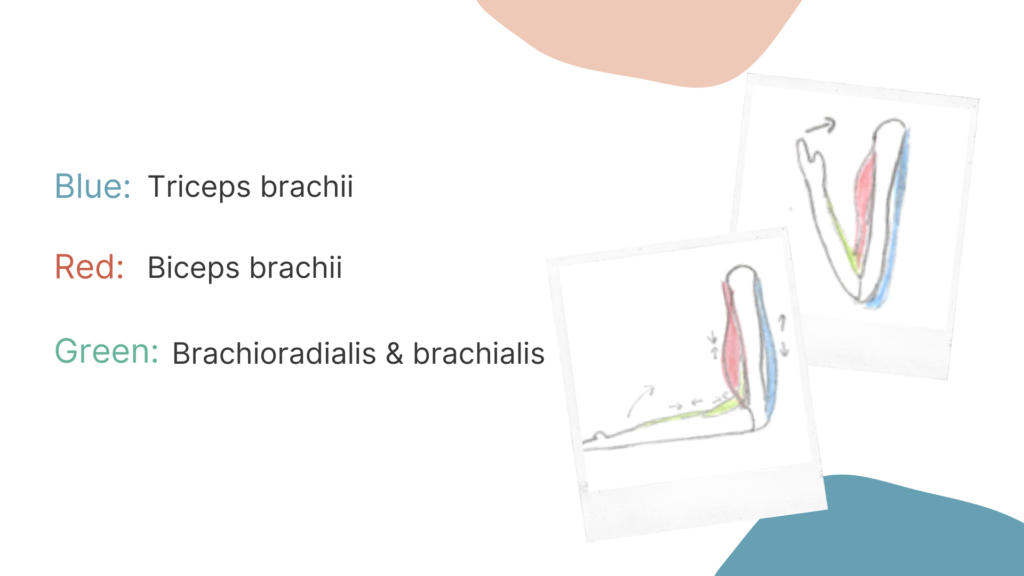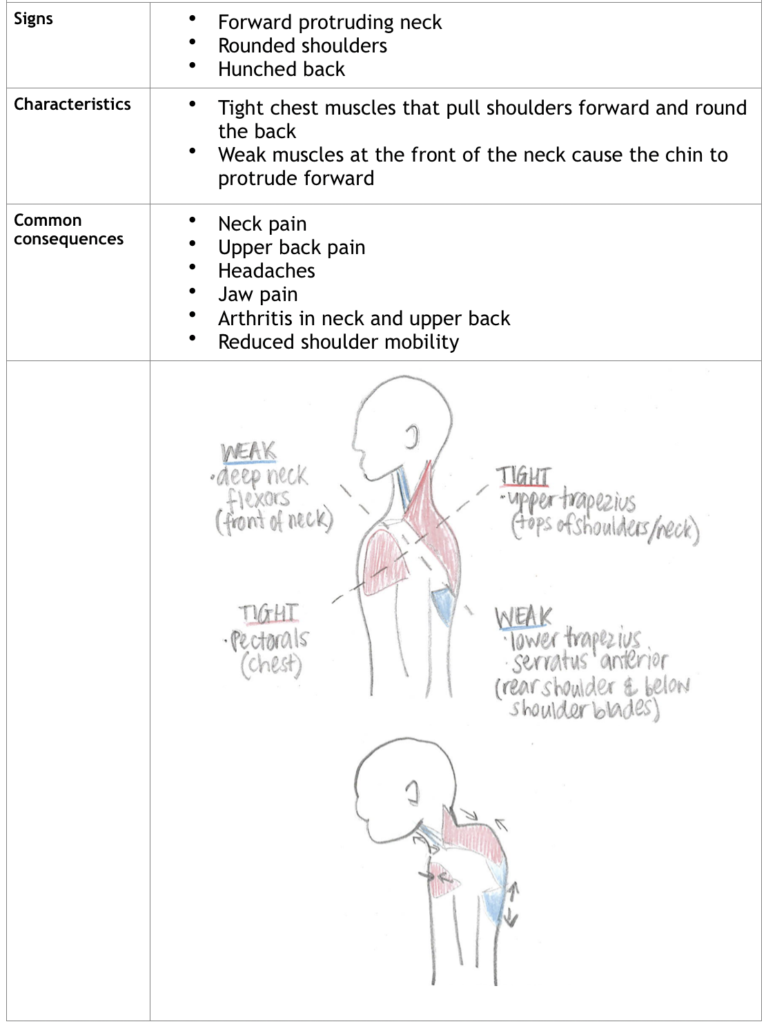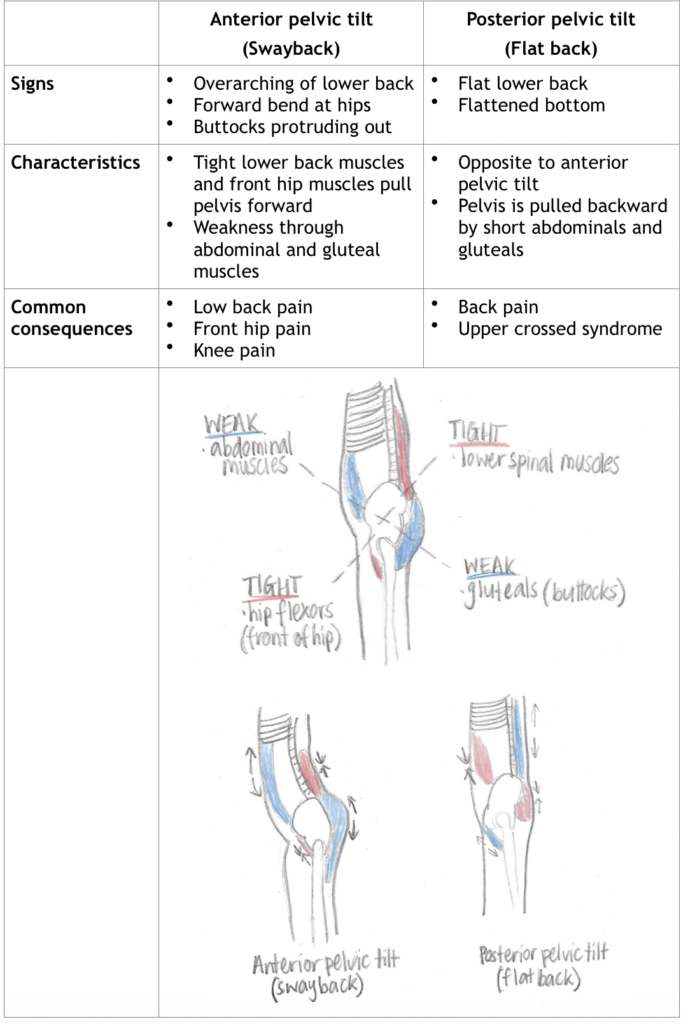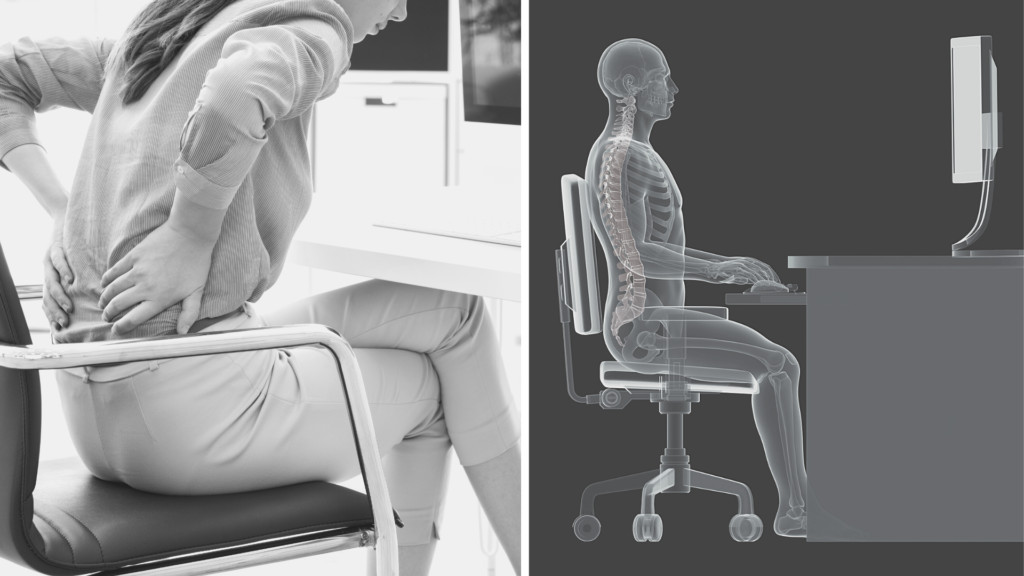
Sophie Pacek
Exercise Physiologist, Healthy Connections
Since COVID-19 restrictions have been in place, there have been many changes happening including the nature of our work at Healthy Connections. In normal times, my day consisted of long bouts of standing and walking around the gym area when seeing clients interspersed with bouts of sitting at lunch time or when doing paperwork. Nowadays, I spend more time in the car travelling to clients’ homes for 1-on-1 sessions and in front of the computer doing Telehealth consultations or writing these blogs. These changes in my workday have resulted in changes to my working postures. I can say the same for my weekends – I am spending more time exercising, standing and walking around the kitchen while I cook/bake, sitting at a desk doing university study and laying on the couch to watch TV. I have noticed additional niggles and knots in my thoracic spine and neck from increased sitting at work as well as soreness through my calves and feet from prolonged static standing. This got me thinking: what are these changes doing to my posture and could this be contributing to my new aches?
What is posture?
Posture takes many forms – posture when sitting, standing, lying down, walking, playing sports, lifting, pushing, pulling, crouching, squatting, reaching, twisting and the list goes on. When we are in one position (e.g. standing or sitting still), the optimal posture is one in which muscles are in equilibrium or balanced. All muscles are working at a neutral length, where none are shortened or lengthened.
Our muscles work in teams and can take on three different roles (McGinnis, 2005):
- Agonists – these are the muscles that cause movement around a joint by activating / contracting themselves.
- Antagonists – these are the muscles which oppose the action of the agonists. If an agonist contracts, the antagonist will relax and stretch to allow the agonist to execute movement. Sometimes both the agonist and antagonist contract to cause an isometric hold (when both muscles are active but not changing length, thus causing no movement around a joint).
- Synergists – these are the muscles that help the agonist to cause movement around a joint.
Let’s look at an example:
If you wanted to bend your elbow (e.g. bringing a cup up to your mouth), the agonist muscle is the biceps brachii (in red), the antagonist muscle is the triceps brachii (in blue), and synergist muscles include brachioradialis and brachialis (in green). The agonist and synergist muscles contract and shorten whilst the antagonist muscle relaxes and lengthens to produce a bend at your elbow.

These teams occur throughout the entire body and when all are at a neutral length, we can achieve optimal or neutral posture.
What is neutral posture / neutral spine?
You may have heard in yoga, pilates or even one of the AEPs at Healthy Connections refer to ‘neutral spine’. As I mentioned above, this is achieved when all muscles are at a neutral length. In a perfect world, we would be able to obtain and sustain this posture 100% of the time; however, humans take on many postures and depending on our activity/inactivity, we can develop habits that lead to postures that are non-optimal. This occurs when muscles become underactive or overactive and their antagonists respond with opposing positions. Over time, if these muscles become more underactive or overactive and our posture worsens, problems like pain, arthritis and discomfort may develop.
One approach to explain poor postures was described by Vladimir Janda in the 1980s. Janda proposed that non-optimal postures were caused by muscle imbalances in the upper and/or lower body. These imbalances were coined the terms Upper and Lower Crossed Syndromes to help health professionals to understand how to treat a client’s pain or postural abnormality (Page, Frank & Lardner, 2010). ‘Upper’ and ‘lower’ refer to the upper and lower parts of the body, and ‘crossed’ relates to the pattern of underactive/long/weak muscles and overactive/short/tight muscles that form a ‘X’ or cross across the front and back of the body (see images below).
Upper crossed syndrome

Lower crossed syndrome

Note: there are several other postural abnormalities that can occur – I have only covered the main ones.
How can we improve our posture?

This is the million-dollar question! Our posture changes all throughout the day and each individual’s body has been through different experiences, injuries and habits, making it difficult to correct any existing muscle imbalances with a ‘one size fits all’ approach. However, that beautiful thing called exercise is one intervention that can assist with improving posture.
Here is my step-by-step guide:
- Be AWARE of your posture – I bet most of you are sitting while reading this blog, so think about what position you are in. Are both feet flat on the floor or are your legs crossed? Are you sitting tall or slumping? Are you sitting all the way back in the chair or is your bottom towards the front of the chair? Is your chest broad and shoulders back, or is your chest sunken and shoulders rounded? Where is your chin in relation to your neck?
- Pick ONE thing to focus on – there are a lot of things to consider when it comes to your posture but pick one thing at a time to keep aware of. It could be keeping your shoulders back and ‘lengthening’ your spine as if you are a stringed puppet being pulled up to the sky. Or it could be your hip position – are you sticking your bottom out or flattening through your back? Try to correct these postures by finding a mid-way between these two points.
- STRETCH the TIGHT muscles, STRENGTHEN the WEAK muscles – exercises are essential to achieving better posture. If you have noticed that you have rounded shoulders, refer to the upper crossed syndrome to check which muscles are overactive and which are underactive. In this case, you want to stretch your chest muscles and upper traps (top of shoulders/neck) and strengthen your rear shoulder/shoulder blade area as well as deep neck flexors. Stay tuned for next week’s blog when I show you some specific exercises!
- Consistency is key – our bodies tend to assume a posture without us having to think about it. This can be problematic if said posture is non-optimal. Therefore, it is important to consistently be aware of when our posture is not neutral and correct accordingly. The more we assume an optimal posture, the more our muscles and brain can adapt to these positions. We can then achieve a new ‘normal’ posture without having to constantly think about it, but beware: this process takes time and effort!
Some homework
Take the time this week to be more aware and in tune with your body, specifically its postures and positions. Identify some areas that you wish to improve on. This may include:
- Protruding neck
- Rounded shoulders
- Hunched back
- Low back pain due to overarching / anterior pelvic tilt
- Weak abdominals
- Tight hip flexors causing pain/stooping forward
- Low back due to weak glutes
- Locking out of knees/knee hyperextension
- Slouching on chair
- Inability to stand up tall for long periods
Next week’s blog will explore these areas with specific exercises that can assist to address the muscle imbalances involved and hopefully help you with improving posture and reducing pain.
Until next week, stay safe, wash your hands and keep moving!
Sophie
References
- McGinnis, P. M. (2005). Biomechanics of sport and exercise (2nd Ed.). Human Kinetics: Champaign, IL.
- Page, P., Frank, C. C., & Lardner, R. (2010). Assessment and Treatment of Muscle Imbalance: The Janda Approach. Human Kinetics: Champaign, IL.



